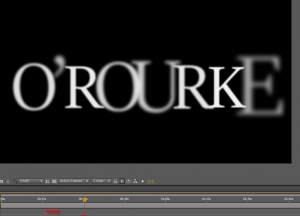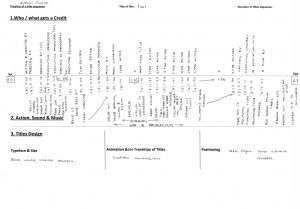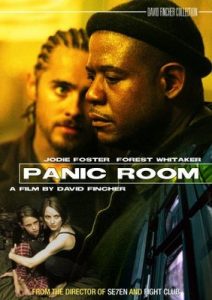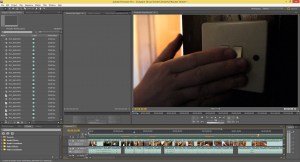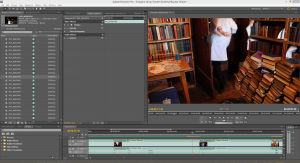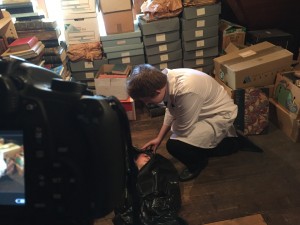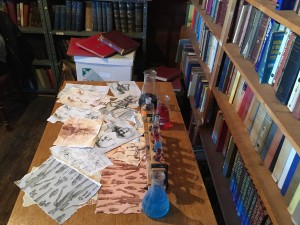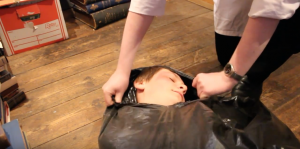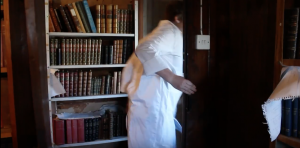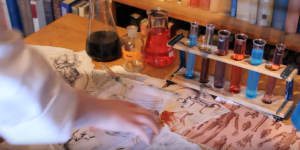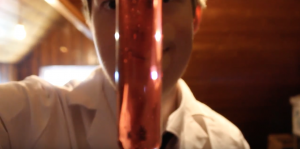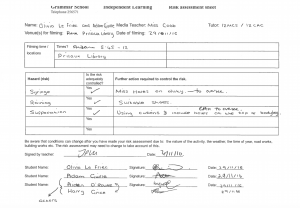A key aspect of a good thriller is the sound. To help us understand different sounds and music which might be used within a thriller we listened to a sound clip. While listening to the clip we noted down key words on how we are feeling and what we imagine when listening to it,so that we understand what goes into the background sound in a thriller, this process is called synesthesia. Synesthesia is images you imagine while listening to sounds.
This task proved to be helpful because it gave me a larger understanding to what kind of sounds I may use when I add sounds onto my own thriller.
Below is the ‘word it out’ I made to express my thoughts and feelings I felt while listening to the sound clip.
Below is the order of sounds that we think we will use when adding sounds onto our thriller piece.
Here are some sound tracks I have used to up the suspense in my thriller. I used an eerie background sound throughout the whole background and also slight booms and bangs to make my thriller more fearful for the audience.
Here are some Foley sounds I have recorded to add natural sounds onto my thriller such as walking and the rattling of the bag that was being dragged and the gloves being stretched and slapped against the skin.



